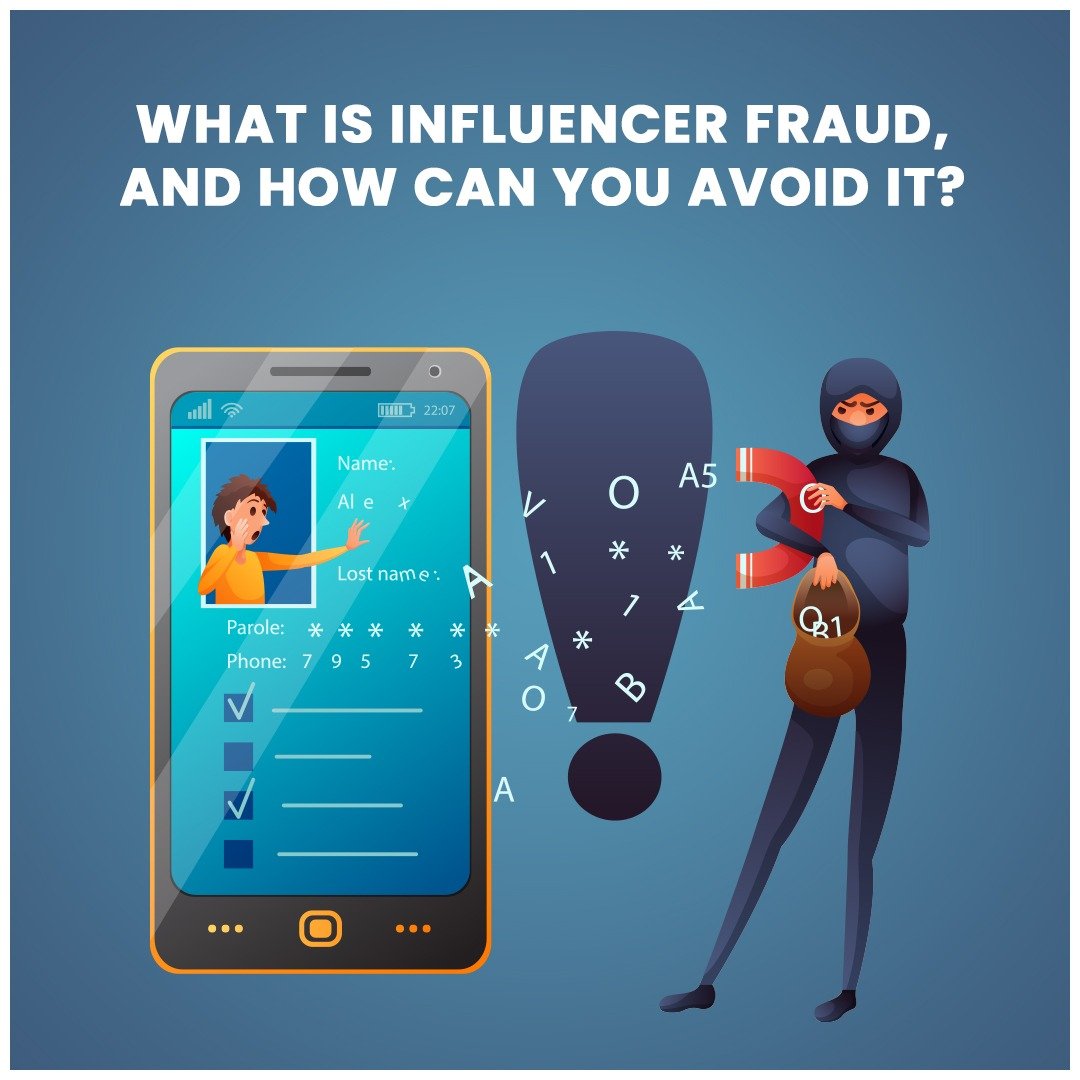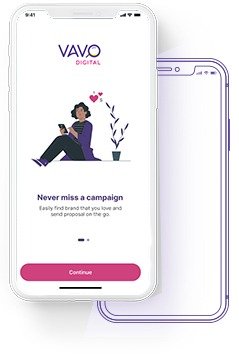
What Is Influencer Fraud, And How Can You Avoid It?
These days, influencer marketing is booming. All brands nowadays are on the lookout for authentic influencers who can help them reach a bigger audience by promoting their products or services, but with all this, influencer fraud is also on the rise.
So, what actually influencer fraud is? Let’s take a critical look at it!
The term “influencer fraud” refers to the practice of buying a large and fake fan base through various internet platforms. All of this effort is made in the pursuit of either endorsing oneself as a social media influencer or gaining a sizable enough following to drive the channel’s organic expansion. The unpleasant result of this is that 1 in 4 influencers have purchased false followers in pursuit of the unattainable yet alluring influencer lifestyle.
Even though influencer fraud is a problem on all platforms, Instagram is where it really shines: 49% of influencers there are suspected of engaging in at least some degree of follower fraud. It’s worth noting that many people who partake in this behavior already have positions of authority on both the micro and macro levels.
Things to keep an eye on!
Monitoring an influencer’s performance-driven metrics is the greatest way to detect fraudulent activity. Such information can be gathered from social media and reviewed manually. Below, however, are the ways you need to think about if you want to avoid picking a fake influencer for your next campaign.
1. Retention rate of new followers
The rate at which the number of followers rises or declines is the follower growth rate. Analyzing an influencer’s profile every day is one approach to gathering this information. You can also check out the profiles of the engaging followers to see if they seem real and are still active or not.
Do an in-depth analysis of the comment, checking whether the same profiles comment on all the postings and whether the comments are relevant to the post or not. Best-in-class influencers build their fan bases by consistently putting out high-caliber content. Even if it takes them a long time to gain a following, the old saying that “slow and steady wins the race” holds true in this case.
If the number of followers goes up all of a sudden, something is wrong. First, see if the influencer is giving away anything. People love the chance to win free stuff, and most giveaways ask for a follow and a like or a comment. So that could explain why growth jumped all of a sudden. But if the influencer hasn’t had a giveaway in a while, a sudden increase in followers could be because they were bought.
2. Follower-to-following margin
The follow/unfollow approach is another deceptive tactic used to increase a user’s number of followers artificially. The influencer follows many people hoping to get “followed back.” After a while, the influencer unfollowed the other accounts.
If the ratio is very close to 1:1, it may be a sign that the influencer is employing this strategy. While this approach may successfully attract new followers, it does little to foster active participation. These fans don’t care about what the influencer has to say.
3. Engagement rate
Source: Sprout Social
There is a correlation between the credibility of an influencer’s content and the engagement rate of their posts, and brands benefit from enthusiastic engagement. When people have faith in an influencer, they are more likely to buy the products the influencer recommends.
It’s likely that an influencer’s engagement rate is low if they’ve employed one of the above tactics to grow their audience. An influencer’s high interaction rate could also be the result of fraudulent activity. When reaching out to someone for potential collaboration, it’s a good idea to see how their audience typically engages with them.
4. Analyze their followers and content
Go into detail, consider the kind of followers and the post’s format!
• Examine the remarks’ caliber! It may be a sign that they are bots if you receive similar remarks like “cool” or “nice” frequently.
• Another indication of fraud is when an influencer’s posts receive the same number of likes, which is impossible because his content is different and not everyone always finds it to be appealing.
• Due to a very low interaction rate, he or she is undoubtedly a false influencer if they never provide anything.
What to do to avoid influencer fraud?
Here are the steps you can take to avoid influencer fraud,
- Do your homework before reaching out to influencers. Examining the ratio of followers to likes and other types of interaction should be your initial stop.
- Use a reverse Google image search to double-check any photos that look like they might be fake or stolen.
- Verify an influencer’s audience size and engagement using a third-party platform.
- Examine the influencer’s prior work to make sure their ethos aligns with your own.
Along with the safeguard approach to finding real influencers, you should also keep a keen eye on the performance of your campaign.
If you want to level up the results of your campaigns, you should read our blog on 6 solid tips to get results from influencer marketing campaigns.
In a nutshell
In 2023, when it is hard to grow in any platform organically, influencer frauds will rise in this situation but end up with no influence at all.
Real influencer campaigns are important when it comes to influencer marketing, which is something that Vavo Digital, one of the most successful influencer marketing agencies in India, is well aware of.
Curious about how to get the most out of genuine influencers’ marketing efforts for your brand? Send an email to hello@vavodigital.com, and we’ll get back to you soon.




